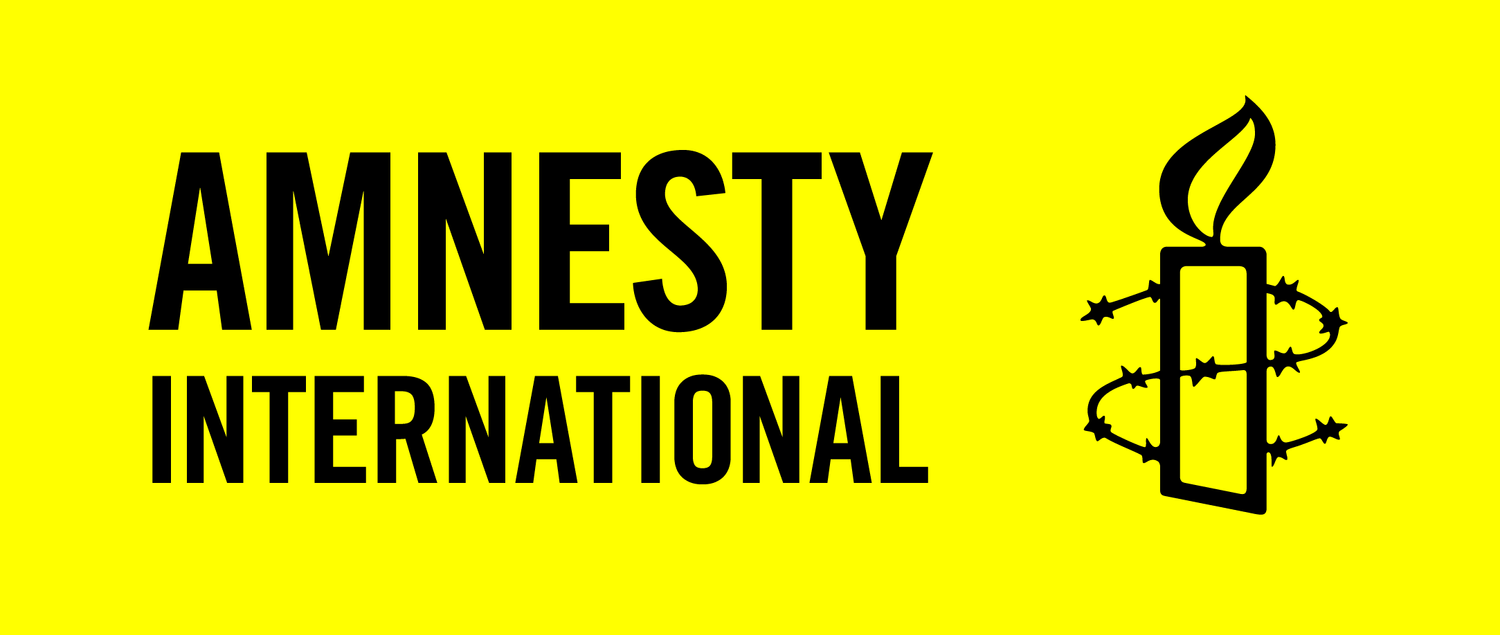Amnesty International is working towards enabling and empowering young people, in all their diversity, to actively participate at all levels of our work, underpinned by mutual respect and trust. The movement has set this goal in its International Youth Strategy 2017 – 2020. As part of this goal, Amnesty International has committed to enable youth participation in decision-making across and at all levels of the organization by making the mechanisms, procedures and processes accessible to young people, including through guidelines, capacity-building and sharing of best practices (Goal 2.2a).
But why do young people matter to Amnesty International? Check it out in this video!
In 2015 only 4% of Amnesty International's Board Members were under the age of 25. In 2016 this percentage went up to 7%. Enabling youth participation in decision-making is key for Amnesty International to stay relevant to today's generation. Who we are shapes what we do and inevitably who we inspire to take human rights action. To make sure that by 2020 at least 15% of Amnesty International's Board Members are under the age of 25 investment in youth leadership is essential. You can go about it in different ways!
In Amnesty Norway a Student Council was created to reinforce collaboration between their student groups and offer a space for young members to learn about the governance of the organisation and gain leadership experience to contribute to the section’s governance. Through this model of youth participation, the Student Council,
Helped to enhance the position and strengthen skills of youth leaders within the organization.
Developed youth leaders to understand and engage with Amnesty International’s organisational structure, and to participate in organisational democratic processes.
Enabled its members to develop governance skills and experience to run for Amnesty Norway’s Board, resulting in the inclusion of a young board member in the Board since.
To deploy the Student Council model of youth participation, Amnesty Norway suggests to:
Include age as a diversity criteria: this can be included in the nomination committee’s criteria for election of the board members.
Mix & Match: combine a Student Council meetings with a short session on the organization’s democratic process to illustrate how governance connects with their activism and campaigning efforts.
Time meetings strategically: make sure Student Council meetings and youth gatherings coincide with general membership meetings to encourage many young people to attend those as well.
Dedicate time and financial resources: creating a space for youth meaningful participation requires resources and ongoing support from staff.
In Amnesty Philippines, the model of youth participation in decision-making is different. In 2005, a ‘YouthRep’ position was institutionalized as part of the National Board, ensuring that the needs, interests, and concerns of young people are considered in every policy and campaign, enabling channels for the Section’s youth activists to proactively participate in governance. Through this model of youth participation, the YouthRep,
Included a structural way to get youth representation in the decision-making processes, ensuring young people’s ability to influence internal policies, the development and delivery of campaigns and to voice their needs and perspectives.
Enabled youth-led campaigns and activities to be consolidated and streamlined through the Youth Action Plan drafted on an annual basis by the Youth Representative of the Board and a the section’s youth constituency.
Ensured accessibility of the Board by regularly connecting with members through group visits and on social media, functioning as a bridge between the Amnesty International youth movement at the national and international level.
Increased resources and organizational support allocated to youth representation, including youth specific budget lines in the Section’s annual budget.
To deploy the YouthRep model of youth participation, Amnesty Philippines suggests to:
Take a moment to reflect on how does my Section see young people? Why is youth representation necessary and valuable? This will clarify the core motivations to make changes and why.
Make it a youth-led process: encourage spaces where young people can engage in the decision-making processes and let them determine what that space means to them.
Allocate Budget: set a separate budget to ensure costs related to guaranteeing youth participation is planned for and realized.
Remember that representation in the Board is not the end in itself: once you have a space for young people at the decision-making table, remember that this is just the beginning.
In another part of our movement, Amnesty Canada (English Speaking), before its Annual General Meeting (AGM), hosts the Human Rights College, bringing youth together for six days for training on campaigning, activism, governance and leadership. The Human Rights College aims to empower young activists and facilitate their active participation in Amnesty Canada’s governance. Many participants later become involved in governance roles and structures, both nationally and internationally. Through this model of youth participation, the Human Rights College,
Nurtured and developed youth participation in governance resulting in former participants becoming presidents, vice-presidents and directors on the board and delegates at Amnesty International’s International Committee Meeting.
Led to an increase of youth participation at the AGM from three to five young people per AGM to 50 and 75 young people.
Opened the space to create the College’s agenda for youth by youth, increasing youth engagement with the section.
To deploy the Human Rights College model of youth participation, Amnesty Canada suggests to:
Get trust and buy-in from senior leadership: dedicating time, people, and financial resources to a new project can be scary, but to have success, senior leaders like the Executive Director and the AGM Chair need to directly participate (meeting participants, providing training on procedures, etc.).
Let youth lead and be fully involved in planning: those who participate in the Human Rights College can then go on to become part of the organizing team.
Remove financial barriers: providing financial support for those who request them and working with participants to raise their own funds makes more diverse participation possible.














